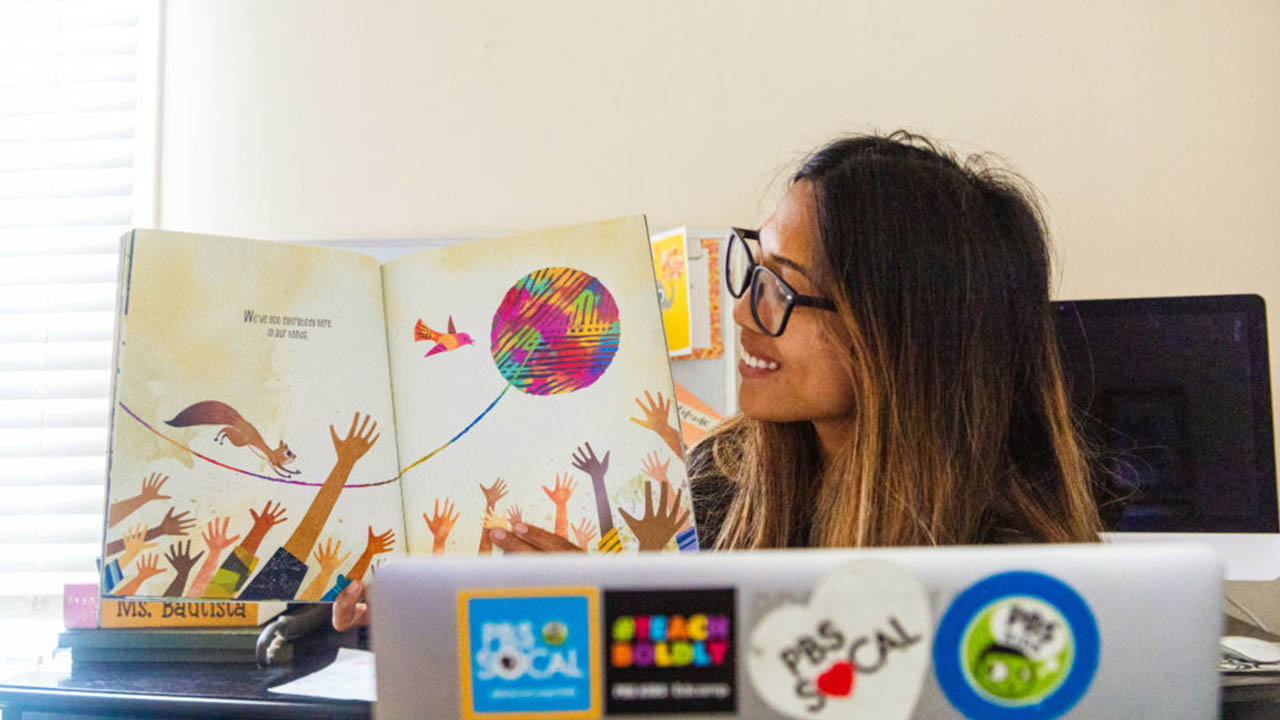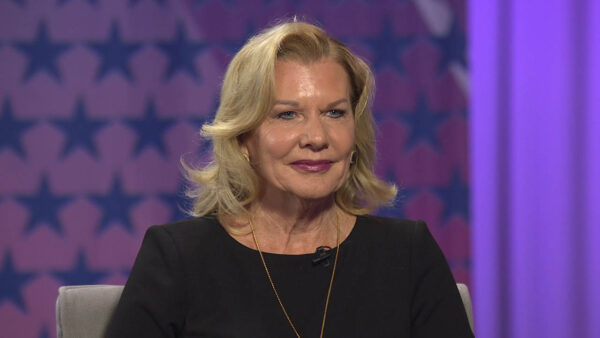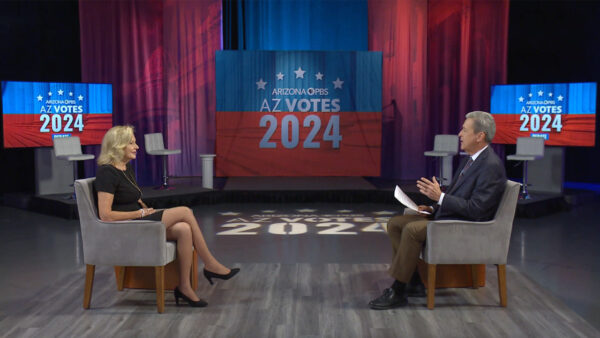This fall teachers have the opportunity to model to their kids what it looks like to learn and overcome obstacles together.
By Shelly Bautista
After closing out what may have been the most unique end of the school year for most educators, I hope that many are resting and taking care of themselves. Unfortunately, with news of states re-closing, the likelihood of schools starting online and no foresight on when students and teachers will return, we are left with so many questions and unknowns. It may be a daunting task to figure out where to start. And to be completely honest, it has been for me.
Being a primary teacher for so long has taught me to write a to-do list for the beginning of the school year. I thought that I could salvage the one I wrote this year and find a way to apply it to my online class. The first item on the list was to set-up a classroom. This put me into a whirlwind of emotions because the classroom setup is such a great moment as a teacher to anticipate all the connections and experiences you and your kids will share. As teachers we make sure to anticipate outcomes and become overwhelmed in trying to figure out how to plan for these uncharted experiences of starting a whole new school school year online.
With so many unknowns I sympathize with others experiencing these feelings. It is a lot to unpack. As I start to go toward that dark tunnel of negativity, I think about what I would tell students who are constantly immersed in this learning environment and oftentimes doing and learning something new for the first time, I remind them to use their positive mindset strategies to help them persevere through difficult things: take deep breaths, try something new, reflect on how you can move forward, try again, make mistakes, and give it your best effort. As a student to my craft I remind myself to do just that.

Mindset
I look back at the phases of a first-year teacher and I am reminded that those feelings are valid and that we are in unprecedented times. This is out of our norm. It is important to take time to validate those feelings, to say it outloud or write it down. Check in with yourself as you are preparing for others.
“I am (insert feeling here) because of (insert reason).
Usually I do (insert previous actions). I can do this (insert new actions).”
Make a list of those feelings and find what you can do to move forward. I personally enjoy reading articles written by teachers on PBS Teachers Lounge to remind myself that I am not alone in my feelings. If you are looking for some great Virtual Professional Learning opportunities, they’ve got great material with hosts and professionals from all around the nation. Lastly, my local station PBS SoCal is having free weekly webinars that are scheduled throughout the summer. I love the ideas and Suzie Hicks is such a great host!
I turn to Pinterest and Instagram as a positive way to get ideas and creativity flowing. One thing that has helped inspire me is looking to fellow teachers who have shared great experiences through their photos and descriptions. Using hashtags, such as #iteachtoo and #distancelearning has been helpful in keeping myself in touch with the educator world and filtering online tools and resources that I can explore further. There are many platforms like Facebook that are filled with teacher groups within a specific niche, including grade level, subjects and Bitmoji classroom fanatics that share their excitement for their students. I also revisit professional development materials to get a grasp as to what I would like to delve into this upcoming year.
Building A Positive Learning Environment
Setting up the physical classroom was exciting because you begin to envision your new class and set of kids: where they would sit, learn and collaborate. This time around we will not be in a physical classroom but you can start to build your virtual classroom by looking at the platforms you are using. Maybe look deeper into the features that you were not able to get to last year. Maybe test out another platform that you may have heard about. This would be the time to explore those tools. I have used Seesaw in the past and am looking forward to having the kids work online simultaneously with me via Nearpod. Consider doing a virtual tour of all the platforms that you will be using throughout the year. Get students excited by showing them some activities that you did online last year using student-made examples.
Orientation
Last year’s at-home learning experience gave me a better handle on what I could expect for virtual classes this year. I also have a better idea of what I can offer to my families, such as schedules and messaging platforms, in addition to the typical orientation information. It is just as important to remain flexible with those expectations and keep an open mind to each family’s individual situation. Reflect on what things you wish you could tell your students last year at the very beginning and add those suggestions to your orientation slide. I find it more welcoming to provide parents with a list of suggestions, such as making sure their child has a space where they can consistently go to virtual school. Check out some early learning resources for establishing routines on my Padlet.
Make Connections
Kids need a sense of belonging and giving them a chance to be heard and acknowledged does not require four walls. Yet, one of my biggest concerns was how I would be able to build connections with students and family members virtually without having the social aspect that a school provides. Students need the time to socialize without a structured learning environment. These connections are so important because they help build trust between you and your young learners. Social gatherings are great times to set aside structures, academic content and student choice discussions.

On the first day we welcome students into our virtual classrooms, students should feel safe and comfortable to interact on these platforms. Giving them the option to keep their cameras off for the first couple of meetings can help give them agency over themselves. Set up opportunities for show-and-tell so that students can learn and make connections with each other. Allow students to create an “All About Me” video where students share facts about themselves. This lesson can be extended into a “Guess Who” game where you call out the facts and students have to guess the student who fits the description.
In my TK class, I learned that parents were almost always either sitting with their child during these lessons or at least in the same room listening. It is important to recognize the multi-aged learning environment in which family members and/or caregivers join our classes because they help students feel comfortable in these spaces. What I look forward to the most is that I will be able to leverage their presence to better provide support to our young learners. I want to take this opportunity to be a little more metacognitive of the times in which I could leverage teaching moments for not only my students, but those caregivers as well. They are technically your co-teachers. Empowering them to also try their best as they support our students’ learning can be your best tool!
Activities
Choose activities that are inclusive and allow for participation. In a normal situation we would, of course, address our students’ needs based on their strengths and learning styles. In distance learning we should also consider inclusivity, such as a student’s access to certain learning tools. We have to find ways to teach students who may not have those tools.
Activity menus allow students to choose how they want to share their work. They can make a poster, record a video, draw pictures, etc. This ensures that students have learner agency, while you respect the time and resources that each student has at home.
A Wakelet collection is one way to provide students with choice as to which activities they would like to engage in.
A FlipGrid lesson is another example of how learners can delve deeper into digital citizenship and share their thoughts.

To be a teacher is to be in love with learning and fostering that love for your kids. Each year we get a new set of students with different strengths and needs. We learn about each other and try different things to support them in their learning process. This year we’re tasked with learning how to teach in this new way. I can’t think of a better way to model for our kids what it looks like to learn than to be in that same learning process beside them. Let’s be examples of how to persevere when trying something new and how to overcome obstacles in our way.
This article was originally published on PBS SoCal’s At-Home Learning initiative.





















